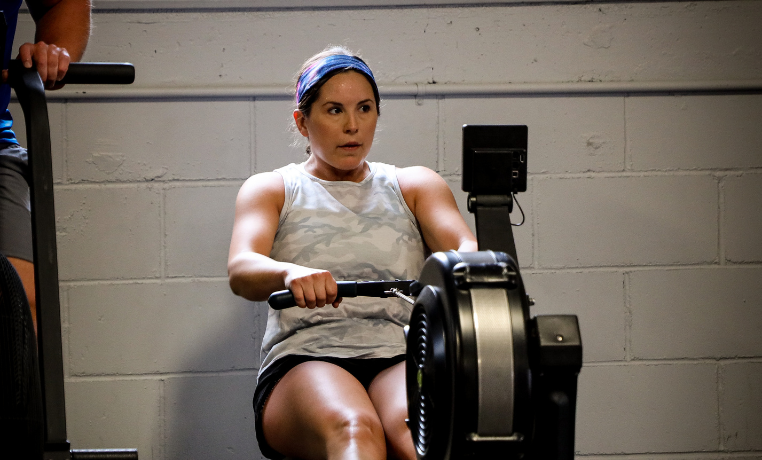“Intensity is the independent variable most commonly associated with maximizing the rate of return on favorable adaptations to exercise”. Intensity is a staple of CrossFit as a training methodology, which is something that get’s lost quite often and rinsed over with volume. The issue with this is more volume doesn’t always mean better, there’s a famous line that gets used quite often and it goes like this:
“Be impressed with intensity, not volume”
It would be more beneficial for somebody to train for 60 minutes at 90 percent intensity than for 90 minutes at 60 percent intensity.
An easy hole that many fall into is when they start to add running into their regiment. Not that running is a bad thing, but what happens is intensity starts to diminish in their workouts. Take this for example, if there’s a workout programmed for class, how would you approach it differently if you know you’re going to go for a 1 or 2 mile walk / jog / run afterwards?
- You’re not going to push yourself as hard in the class workout because you are naturally going to want to save some energy for afterwards.
- Your walk / jog / run afterwards is going to suffer because you already burned some of your energy in the workout.
So, you’re not getting the full benefit of either one. You’d be better off doing ONE of them and giving 100% effort towards that one thing. When you do that, you’ll see whatever results you’re looking for, whether it be aesthetics, performance, or overall health.
“Intensity is relative to each person’s physical and psychological threshold, and it’s up to the athlete and the coach to determine what that intensity looks like each day.”
When you come to a CrossFit class, there will be a programmed workout of the day. If done correctly, this is more than enough fitness for MOST people.
Here’s an example:
Workout
-30 DB Clean and Press
-40 Cal Bike
-30 DB Clean and Press
That workout is a BEAR. The amount of calories should be a little different for everyone so that we all hit it HARD. If you’ve ever done a 40 cal bike sprint, you know how devastating that can be. When you smash it in between two sets of DB Clean and Press, that workout should require every little bit of energy you have. It is intended to be a harder workout that will leave most people completely exhausted. That’s how you’ll get the most results for the day.
If you were able to do that workout, rest 5 minutes, then go out and jog for a couple miles, you didn’t do the workout right AND your run is going to be half-assed because you used a lot of your energy going through the motions of the workout. As a coach, that’s my fault. The goal is for everyone to give their maximum relative effort to the workout of the day, which is how you get the most fit and how you most effectively fight off chronic disease, which is the end goal for all of us.
“Blur the distinction between strength training and metabolic conditioning for the simple reason that nature’s challenges are typically blind to the distinction”
If you have been coming to the gym for a while and still not seeing the results you want to see, there’s 3 things right off the bat I would ask you.
- How is your nutrition?
- How many times a week do you attend class?
- Where is your effort level in classes on a scale from 1-10?
Most people think they’re at an 8 or 9 on the effort level, but are actually around a 3 or 4. The fix to this is NOT adding more workouts / extra cardio. As volume increases, intensity tends to decrease. Sometimes, a hard 5 minute workout is plenty of fitness for the day. The coach will lead you through the rest of the class to work on movement, range of motion, mobility, skills, and a cool down. If you hit that 5 minute workout as hard as you can, that’s all you need.
Once you’ve been coming to class consistently for a long time, and your physical and psychological threshold has a solid foundation, and your nutrition is on point, THEN you may benefit from adding more training. Talking to a coach about this is always beneficial, and we can lead you in the right direction on whether or not you need to add more goal-specific training. Most of the time, that’s not the case.
Written By: Coach Ken

